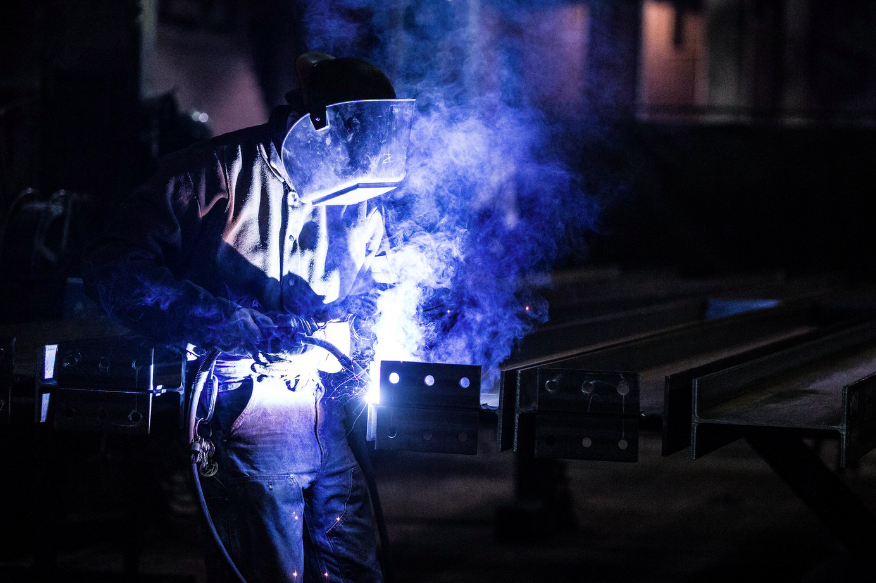This blog post is the third of three in a series and is excerpted from an excellent article I recently received written by Bekhi Spika of Spika Welding in Lewistown. An abbreviated version is presented here with her permission. Click here to read the first post in this series, and here to read the second post.
You may have heard that US manufacturers are facing a shortage of skilled workers — a shortage so severe that in 2011, 600,000 jobs went unfilled. What’s the big deal, you ask? Plenty of kids graduate from high school and college each year. Surely they’ll fill that gap.
Actually, they won’t unless we do something about it. As a 2011 report by Deloitte and The Manufacturing Institute discovered,
- with Baby Boomers approaching retirement, 50% of the current manufacturing workforce will be putting down their tools and picking up their margaritas within the next 10-15 years!
- Despite the fact that 70% of Americans view manufacturing as the most important industry for a strong economy and national defense, and despite the fact that 90% of all manufacturing jobs have medical benefits with average wages upwards of $70K…
- Youth between 18-24 ranked manufacturing as only the 5th industry in which they would choose to begin their careers, trailing behind technology, energy, healthcare, and communications, and leading only financial services and retail.
With the need for workers so great, and the benefits of working in manufacturing so apparent, what are the steps we can take to bulk up the skilled workforce in our industry?

3. Change Technical Degrees Into Stackable Certifications
Oftentimes US high schools default to putting their students on the path of college prep diplomas, which means they require a certain number of credits for math, science, history, English, etc. in order to be prepared to enter a 4-year degree program. But this program is catering to a demographic that learns best in a lecture-based curriculum with academia as the focus.
The demographic of students that can rewire their light switches at home but receive Cs and Ds in school is being grossly ignored. And high schools are churning out many of these hands-on students who will go to college for a year then drop out because they 1) still hate history class and just aren’t wired for academia, 2) aren’t satisfied with the prospects of getting a degree just to sit behind a computer at a desk job, or 3) don’t see the point in earning a 4-year degree since 46% of workers who graduated from college in the past two years say they are underemployed and working in jobs that do not require their college degrees.
We need to train our young workforce quickly and without unnecessary academic classes. Get rid of the 1-year certificate or 2-year diploma programs. Start teaching students through stackable credits — classes offered to students to quickly achieve an industry certification at a community college and oftentimes leads directly to employment. These classes don’t last a quarter or a semester. You don’t have to take biology or Spanish history to earn the certificate. Above all, the students become hugely attractive and marketable in an industry that is desperate for skilled workers.
Conclusion
With the evolution of technology and the changing workforce in the manufacturing industry, there will plenty of new and changing positions in which the skilled workforce will need to adapt. Manufacturing itself is adapting to its own ever-changing landscape — every year brings new challenges and opportunities. And it needs people to step up.
To learn more about opportunities for pursuing a technical degree in manufacturing, check out our post on the Gianforte Manufacturing Scholarships.
